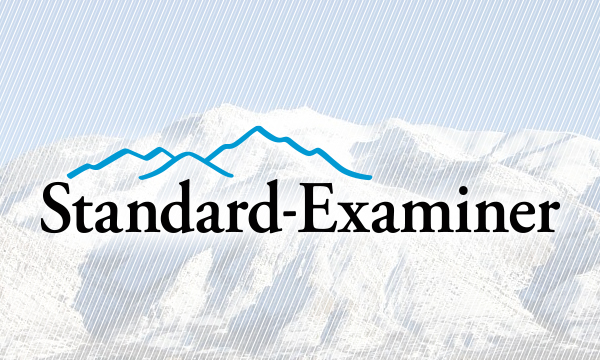
Photo courtesy
There is a ticking time bomb hanging over the US economy. The country’s power grid operators and energy suppliers are predicting that power shortages will soon occur. And instead of helping to solve the crisis, US energy policy is only making the situation worse.
Electricity demand suddenly skyrockets. New battery and semiconductor production, the reshoring of supply chains and the introduction of electric vehicles are driving demand. But it is the advent of artificial intelligence and the exponential growth of massive data centers – with the power needs of small cities – that are changing everything.
In Virginia – the epicenter of data center growth – Dominion Power, the state’s largest utility, predicts that electricity demand will increase 85% over the next 15 years. PG&E in California expects electricity demand to increase 70% over the same period. New York’s grid operator expects electricity demand to increase by as much as 90% over the next 20 years. To meet that demand, the state will need to triple its installed power generation capacity.
What is happening in Virginia, California and New York is happening across the country. The U.S. Department of Energy cautiously projects that national electricity demand will double by 2050.
Managing such growth alone would be an enormous challenge. But meeting this new demand while simultaneously destroying the foundations of our energy system is virtually impossible. And that is exactly what is happening now.
The U.S. Environmental Protection Agency (EPA) has ignored countless warnings while pushing through a series of regulations that will virtually wipe out the nation’s coal-fired power plants by 2032 and make it virtually impossible to build new baseload coal-fired and natural gas-fired plants to meet rising demand. A new rule for existing natural gas-fired power plants is also in the pipeline.
The EPA’s power plant strategy will eliminate the nation’s power grid reliability safeguards at the very moment when utilities and grid operators are telling us that we need these power plants more than ever.
According to grid experts, the high risk of blackouts during grid emergencies will pose a serious threat through the end of the decade. But Americans are already feeling the threat of rising electricity prices.
While inflation is declining across the economy, the opposite is true for electricity inflation. According to Bank of America, the annual inflation rate of US electricity prices reached 5.9 percent in May, down from 3.8 percent in January.
In the PJM electricity market—the largest in the country, serving 65 million Americans from Virginia to New Jersey to Ohio—capacity payments to power plants just increased 800%. That’s a clear sign of a shortage of electricity in the market. For many consumers, that means an almost immediate double-digit increase in their electricity bills.
In California, which prides itself on being a leader in the transition to renewable energy, electricity prices for many consumers have risen 82 percent over the past decade. As the Wall Street Journal recently reported, utility bills are now often higher than rent and are almost unbearable for people on fixed incomes. Retirees living in mobile homes now send half of their Social Security checks directly to the utility every month.
Is California’s electricity cost nightmare the goal of the USA? If America pushes ahead with the energy transition here, we will all have to prepare for a completely different path.
Americans want—and deserve—affordable, reliable electricity. But what they get is just the opposite. Our next president will face an electricity crisis. Either he reinforces policies that are clearly not working, or he designs a new energy future shaped by the concerns and expertise of the nation’s utilities and grid operators. That should not be a difficult decision.
Matthew Kandrach is president of Consumer Action for a Strong Economy, a free-market advocacy group.
Newsletter

